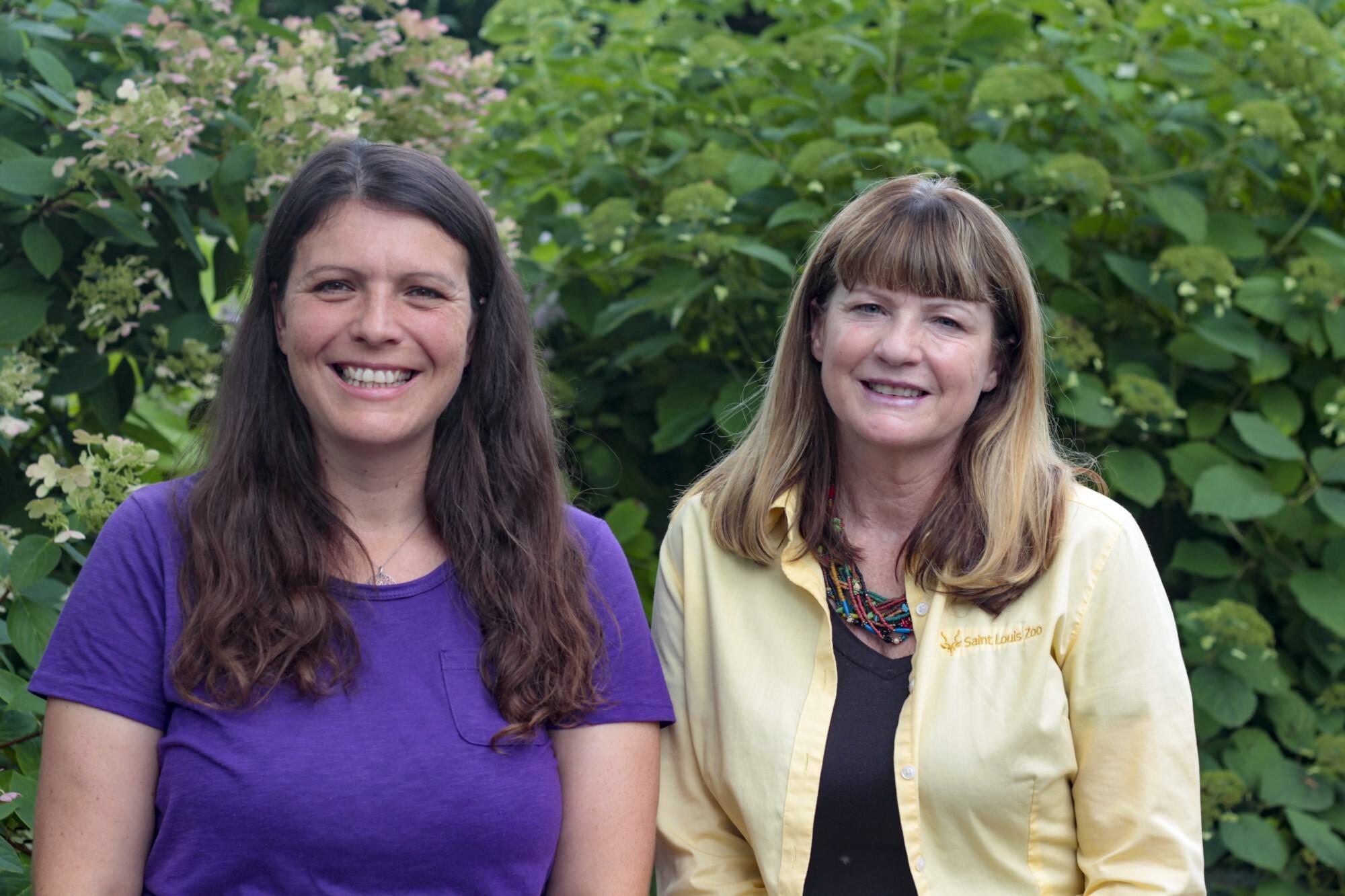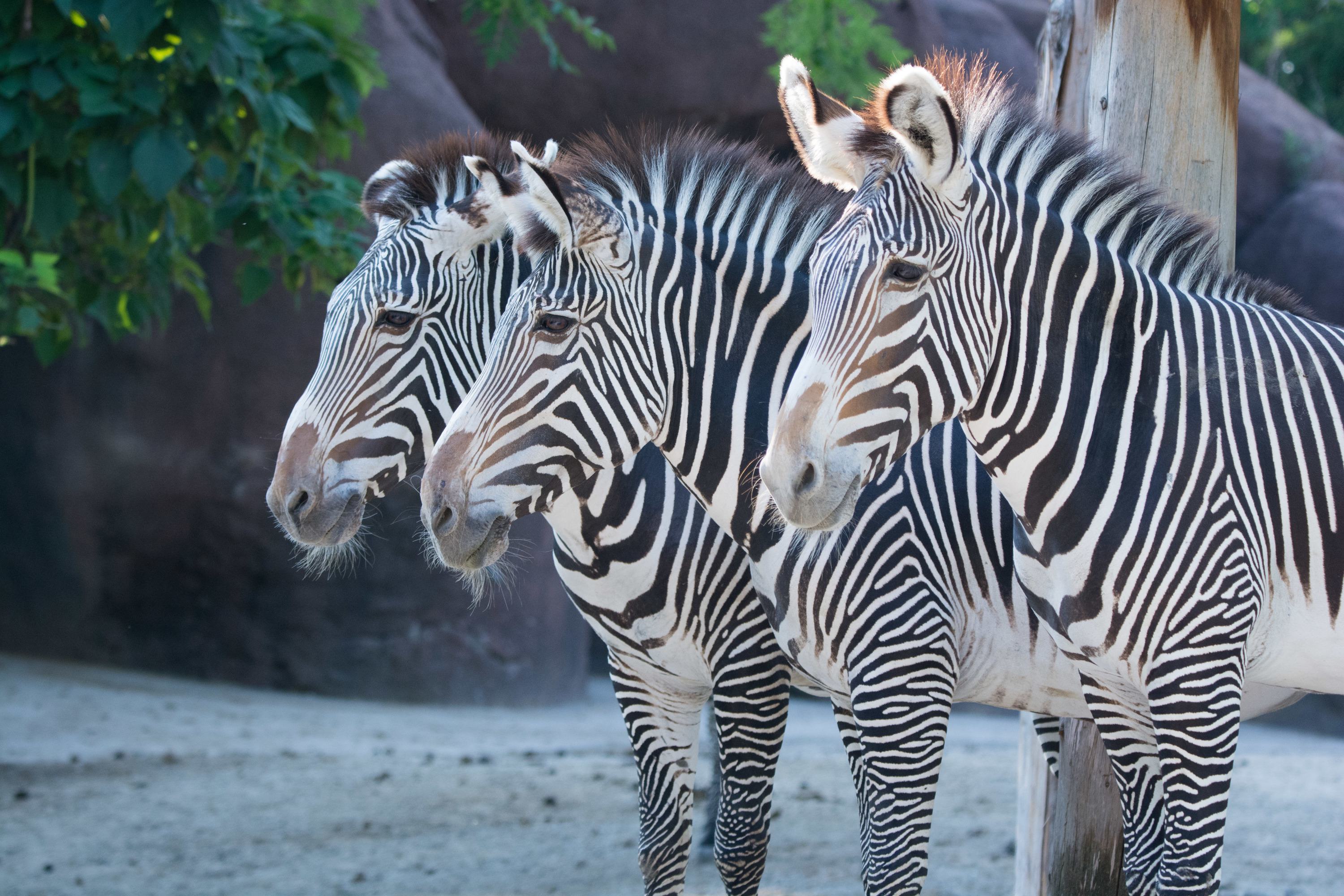
Pretend the Saint Louis Zoo needed to provide individualized care for an animal. Perhaps the animal is sick and needs medicine, or maybe a team is considering options for a mate. To make big decisions like these, keepers need a holistic view of the animal’s history. Where is it from? Where has it been? How old is it? What other animals is it related to? For detailed information about an animal, there’s really only one place to go: the Registrar Department!
A critical part of providing exceptional animal care is tracking important details about each animal, and the Zoo supports an exceptional team of individuals who do just that! The Zoo recently received the 2021 Program Excellence Award for its Records and Information Management (RIM) program for animal and veterinary records from a leading organization in records management, the National Association of Government Archives and Records Administrators (NAGARA). This award reflects our historical and continued commitment best practices for RIM to standards created for zoological animal information. It’s a huge job that makes a huge difference!
In commemoration of this great achievement, we asked Animal Division Registrar Rae Lynn Haliday, Certified Records Manager, about this work.
Tell us more about what zoo registrars do?
Not all registrar positions are structured in the same way. The zoological registrar role varies greatly among zoos and aquariums; however, at the Saint Louis Zoo, it is accountable for a number of key duties, including: Records and Information Management (RIM) and the RIM program for Animal and Veterinary records; permit compliance for transactions and activities with wildlife; and animal and related-product transport. This means any animal that needs to enter or leave our Zoo as part of our organization goes through our department!

The mission of the Saint Louis Zoo is to conserve animals and their habitats through animal management, research, recreation, and educational programs that encourage the support and enrich the experience of the public. How has the Registrar Department helped the Zoo in its mission?
Our team has implemented a framework for records management that deploys global best practices that align with industry specific standards. These standards ensure animal information is created, captured, stored and maintained over time to facilitate access to important information resources that help our animal management teams take care of animals in the best way possible.
We work closely with keepers and managers to ensure that data collected about the animals is accurate and complete. This data is then used to create studbooks and genetic profiles for species in human care. Additionally, it is a great resource of knowledge on animal behavior and health for the species in the wild! From our records, animal keepers, managers and veterinarians can learn nearly everything about an animal, including where it was born, who its parents are and additional important husbandry information.
As we learn more about species, our efforts to conserve animals and their habitats grow as well. Have you ever wondered how two animals are paired for breeding at a zoo or how it’s decided to move an animal from one zoo to another? Registrars ensure that recommended transactions, or animal moves, for endangered or otherwise protected species can be completed in an efficient, legal, and safe way; this has a direct impact on activities required to support the conservation goals for many species held in zoological institutions nationally – and globally!
Animal records support animal care and welfare, transactions and related transport – all of which are core business activities that fall under the Zoo's mission. The work we do is critical to providing the framework for applying global best practices in records management, animal transport and permit compliance in the zoological profession.
What is something that would surprise people about the registrar and the work you all do?
I think most people would be surprised at the "shepherd" aspect of the role we play in helping to bring animals into and out of the Zoo. We work diligently behind the scenes with the veterinary and animal management teams to coordinate so many of the details and processes that allow animals to enter and leave the collection. Registrars must approach their job with the highest of ethical standards to ensure transaction s are 100 percent compliant. The registrar position must be structured with the appropriate level of authority and accountability to be effective in those duties.
What do you feel is the most important records management challenges facing zoological institutions?
I believe that professional development for records managers is critical and key to the success of a registrar team. Records managers need competencies in all core components of RIM, and positions like registrars should be able to apply information life cycle management concepts to animal and veterinary records. Acquiring the appropriate training, like RIM certification, provides the means to acquire the skills needed to succeed. We are the people that ensure the vital animal, veterinary and research records with enduring reference and legal value will be preserved for future use. The information we track and organize today will be used for many years to come!
The Saint Louis Zoo was awarded the 2021 Program Excellence Award for animal and veterinary records management from the National Association of Government Archives and Records Administrators (NAGARA).

